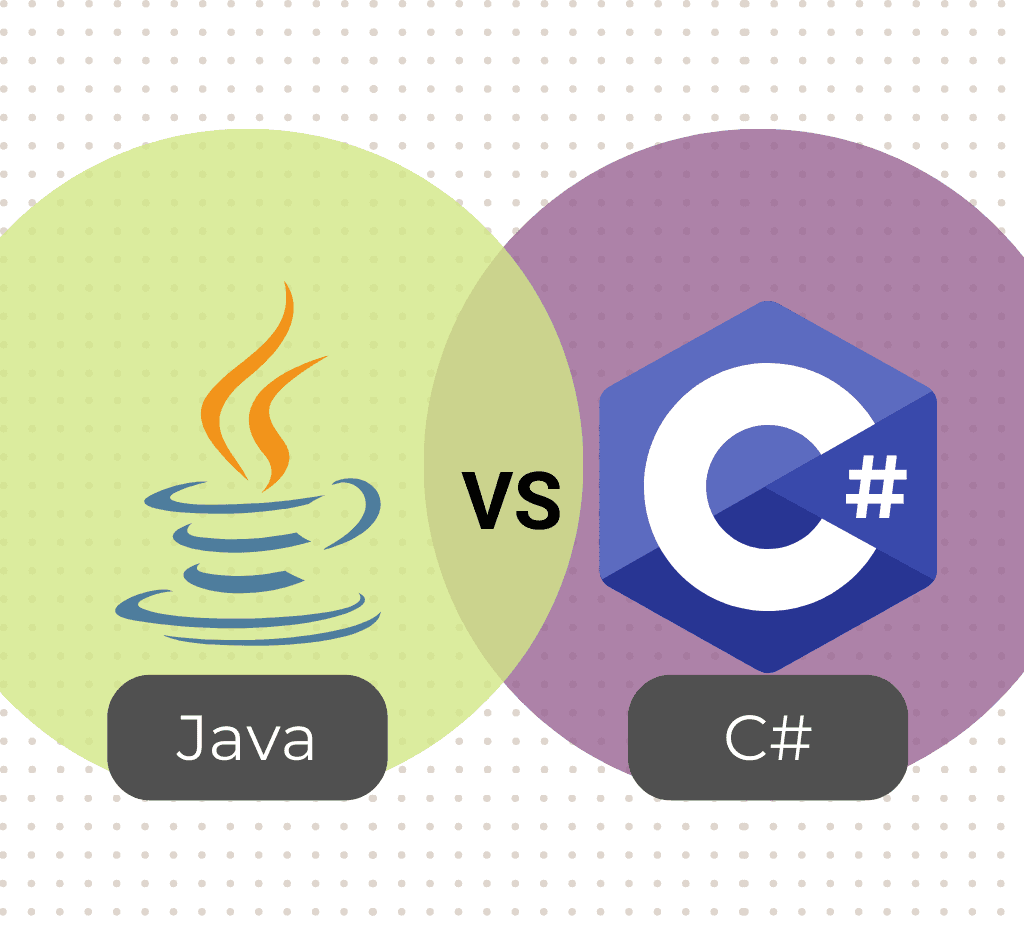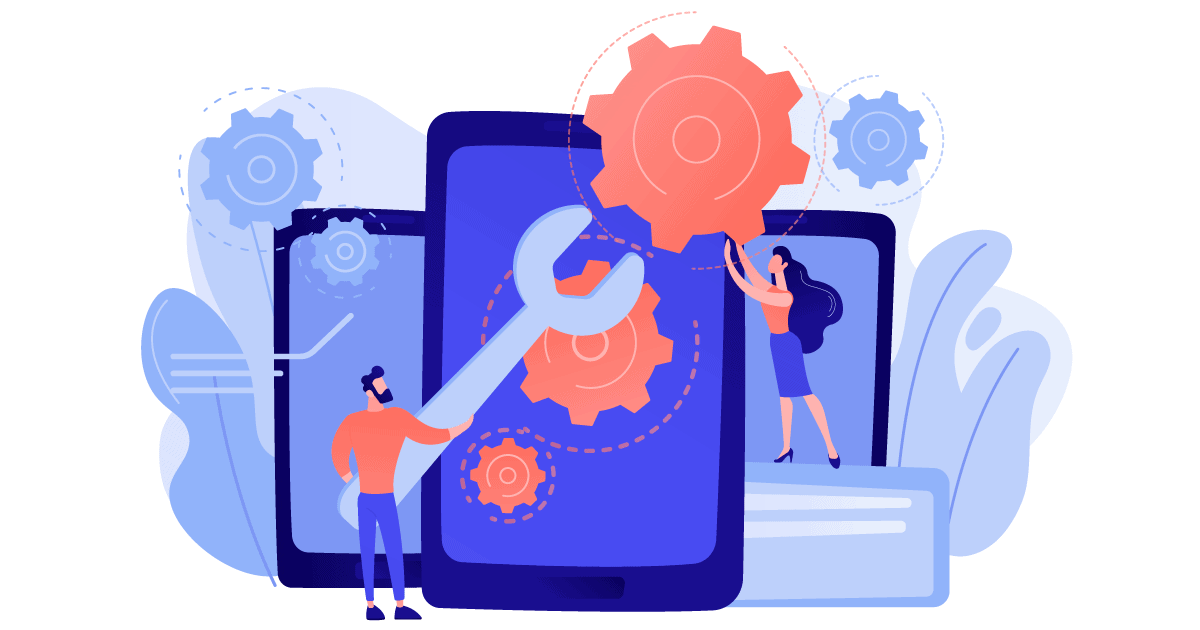For over two decades, Java and C# have powered millions of software applications across industries from enterprise ERP systems to mobile, AI, and web applications.
But in 2026, choosing between them is no longer about syntax or ecosystems. It’s about how each language fits into a world shaped by AI, data-driven development, and distributed nearshore teams.
Organizations today don’t just need code, they need future-proof software architectures that can evolve with AI, cloud, and data transformation.
Choosing the wrong language can:
- Limit integration with AI-assisted development tools and generative frameworks.
- Complicate collaboration across distributed and nearshore software development teams.
- Create inefficiencies when building Centers of Excellence (COEs) around disciplines like Data, AI, and Cloud Engineering.
The old “Java vs C#” debate has evolved into a much more strategic decision: one that directly impacts scalability, productivity, and innovation.
The right choice today isn’t about declaring a winner, it’s about aligning technology with your enterprise context, AI strategy, and delivery model.
In this article, you’ll learn:
- How Java vs C# compare in performance, popularity, and ecosystems in 2026.
- How AI-driven development is transforming both languages.
- Which option best supports data engineering, cloud-native applications, and enterprise scalability.
- Why working with a nearshore partner powered by Centers of Excellence (COEs) makes this choice sustainable.
Java vs C#: Where They Stand in 2026
Popularity & Ecosystem
In 2026, Java continues to dominate enterprise-grade systems, Android applications, and open-source frameworks. Its ecosystem remains massive, particularly across data engineering, ETL pipelines, and cloud-native development.
Meanwhile, C# is rapidly gaining ground. The TIOBE Index and GitHub activity both show strong momentum for C#, fueled by .NET 8, Azure cloud adoption, and cross-platform frameworks like .NET MAUI and Unity.
C# now competes directly with Java across enterprise, gaming, and full-stack ecosystems, especially for organizations already embedded in the Microsoft Cloud.
The AI Factor: Generative AI Reshaping Both Languages
AI-assisted development has redefined productivity.
A Harvard study revealed that developers using AI-powered coding assistants explore up to 22% more languages, while GitHub Copilot reports 50% faster development and 40% gains in debugging.
Both Java and C# now coexist in a hybrid AI ecosystem. From AI-assisted code generation to smart debugging and automated testing, both languages are seeing productivity boosts, but also new challenges in security governance and code reliability.
That’s where Centers of Excellence (COEs) in AI and Data become essential: they establish the guardrails, frameworks, and ethical standards needed to use Generative AI safely and strategically.
Data-Driven Development & Cloud-Native Scalability
Both Java and C# are evolving to serve data-intensive, AI-powered applications—yet they excel in different environments.
Java:
- Powers enterprise-scale ETL, big data, and streaming systems using frameworks like Hadoop and Apache Spark.
- Integrates naturally with open-source AI and ML ecosystems.
- Ideal for multi-cloud and containerized architectures requiring broad compatibility.
C#:
- Integrates seamlessly with Azure Data Services, ML.NET, and Power BI.
- Offers robust data governance and security built into the Microsoft Cloud stack.
- Perfect for regulated industries and hybrid cloud environments.
In essence, Java offers flexibility across ecosystems, while C# provides deep alignment with enterprise data infrastructure, especially for organizations leveraging Microsoft-native AI solutions.
Nearshore Delivery & Distributed Teams
The availability of skilled developers can make or break a project.
Java still leads globally in developer volume, especially across Latin America, where nearshore software development teams are abundant and highly experienced in enterprise-grade systems.
C# talent, however, is expanding rapidly in nearshore hubs across Mexico and South America, supported by a growing demand for .NET, Azure, and AI integration expertise.
With the right nearshore partner, organizations can access both talent pools, build hybrid delivery models, and ensure consistent quality through COE-led governance.
COEs: Making the Right Choice Sustainable
No matter which language wins your internal debate, Centers of Excellence (COEs) make that decision scalable.
At Unosquare, our COEs in Data, AI, Cloud, and Software Engineering provide a structured framework to ensure every project, whether built in Java or C# is:
- Secure and compliant with enterprise and data regulations.
- Efficiently delivered using agile nearshore software development.
Continuously optimized for AI productivity and engineering excellence.
This model ensures that language selection aligns with long-term goals, not just short-term technical needs.
Conclusion: It’s Not About Choosing a Language, It’s About Choosing Direction
In 2026, the question isn’t whether Java or C# is better.
It’s which one aligns best with your AI readiness, data strategy, and nearshore delivery model.
At Unosquare, we help enterprises navigate this choice with:
- Proven COEs in Data, AI, Cloud, and Delivery.
- Expert nearshore teams integrated into your workflows.
- A delivery framework built for transparency, scalability, and measurable outcomes.
Next Starts Here
Talk to us today to explore how we can future-proof your software projects with the right language, the right architecture, and the right team.



